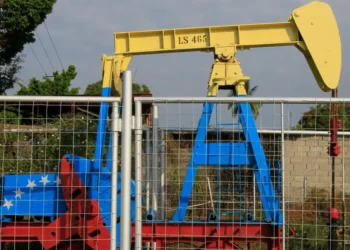Word of the Day: homily
homily ˈhɑməli noun : a sermon or speech on a moral or religious topic The word homily has appeared in...
Tennessee university reinstates professor fired over Charlie Kirk post – will pay him $500,000
A theater professor in Tennessee is back on the job – and $500,000 richer – after being fired over a...
Trump administration freezes child care funds for 5 Democratic-led states
The Trump administration is freezing billions of dollars in child care grants and family assistance in five Democratic-led states, in...
Elon Musk says China will ‘far exceed the rest of the world in AI compute’
Elon Musk says China is going to "have more power than anyone else and probably will have more chips." Evelyn...
In Maduro’s capture, Russia sees a great-power rival act with impunity
Russia is reeling from the capture of Nicolás Maduro, a key Kremlin ally, but in Moscow, President Donald Trump’s brazen...
Democrats Dig Up Unflattering Trump Photos After President’s Skinny Plea
Democrats think photographers aren’t to blame for unflattering photos of President Donald Trump. An X page for the Democratic Party...
CIA turncoat Aldrich Ames, who sold US secrets to the Soviets, dies in prison at 84
WASHINGTON — CIA turncoat Aldrich Ames, who betrayed Western intelligence assets to the Soviet Union and Russia in one of the most...
Heartless monster drags 2 dogs behind car in front of shocked NYC bystanders, disturbing video shows
A horrifying video caught a Queens man allegedly dragging two helpless dogs behind his car as he drove through Long...
A Venezuela oil revival could set up winners — and losers — in US energy
Venezuela is home to the world's largest oil reserves, but its energy industry has been battered by decades of underinvestment,...
I May Be Free, but the Belarusian People Are Not
I woke up on Dec. 13 in Belarus’s notorious Penal Colony No. 9, as I had every day for four...














